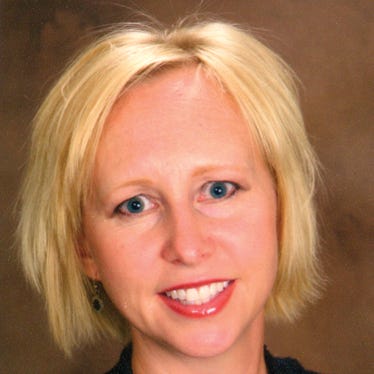December 30, 2019

Color, smell, texture, leafiness and harvest date can all offer clues about forage quality, but “sensory evaluation doesn’t cut it when it comes to feed analysis,” says Janna Block, a North Dakota State University area livestock Extension specialist based at the Hettinger Research Extension Center.
Block believes forage testing is “worth it every year,” but adds, “If you’ve never tested before, this is the year to do it and invest in the analysis.” She explains that with the variable — and wet — conditions of 2019, forage quality is difficult to discern without an analysis. As examples, she told of green crested wheatgrass harvested in August, and hay that was rained on with mold on the outside of the bale but had high crude protein quality inside the bale.
Block’s advice for incorporating forage analysis into an operation include:
1. Select a forage testing lab and build a relationship with them. The National Forage Testing Association has a list of certified labs, available online. “Call them and have a conversation with them to answer your questions and give interpretation of results,” Block says.
2. Visit with the lab about evaluating insoluble protein or acid detergent fiber (ADF). Block explains that moldy or old hay can have protein tied up with fiber, which may make it less accessible to the animal. “It’s not always about how good is the feed, but will the animal eat it,” she points out, and says, if more than 10% of the protein is insoluble, the lab can provide an adjusted crude protein.
3. Discuss wet chemistry vs. near-infrared reflectance (NIR) spectroscopy testing. Wet chemistry tests are considered the “gold standard” but are more expensive, Block says. NIR testing, which is based on light reflection and comparison to a feed library, has gotten better and is less costly, she adds. Block says NIR works well for pure species samples, while wet chemistry analysis may be preferred for mixed species samples and if more information is being sought about contaminants or mineral composition of the sample.
4. Consider timing of testing. Block says that harvested forage goes through a “sweat” after harvest, which makes it best to wait at least three weeks before conducting forage analysis. Ideally, she recommends testing be timed as close as possible to when the feed will be fed so it most represents the feed nutrition animals will be receiving.
5. Gather enough samples for analysis. One “lot” of hay is comprised of the same species harvested within 48 hours. Block says if the same field is harvested under different weather conditions or outside of that 48-hour timeframe, it is best to group the forage for analysis into separate “lots.” She suggests the number of samples collected be 10% of each lot — or at minimum 20 core samples per lot. As an example, a lot with 600 bales could be 60 cores to be sampled, but in that instance 20 samples would be more feasible.
6. Get your own hay probe. Although hay probes are available for check out from most county extension offices, Block says that for $150 a producer can purchase their own hay probe and make it part of their yearly management. “I want people to start sampling and send their forage to a lab. Very few producers are using this, but it helps match feeding the forage at the right time and can minimize the need to feed other supplements,” Block says.
Local university Extension personnel can also assist with providing information about forage analysis and interpretation.
Gordon writes from Whitewood, S.D.
About the Author(s)
You May Also Like






